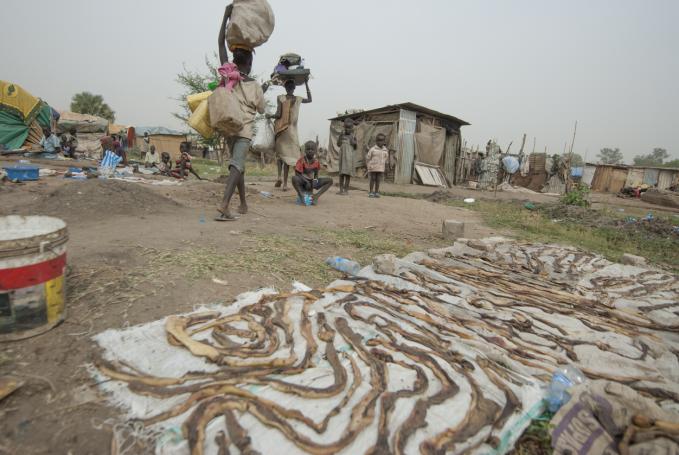THESIS & RESEARCHES

The presence of virus and virus-like diseases of pistachio (Pistacia vera) in a varietal collection plot.
Year:
2021
Author:
Chouk Ghada
A survey was conducted to assess the sanitary status of pistachio plants in a varietal collection plot in Mornag (Tunisia). A total of 130 pistachio samples were analysed by RT-PCR for the presence of viral agents [ i.e. Pistachio ampelovirus A (PAVA), Pistachio virus B (PiVB), viruses of Closteroviridae and the genera Sobemovirus and Begomovirus], viroids (hop stunt viroid, HSVd and Citrus bark cracking viroid, pistachio strain, CBCVd-pis) and phytoplasmas. PAVA was identified in fifteen samples (11.5 % of the total). Sequence analysis of the RT-PCR amplicons of three PAVA-infected accessions showed 99.1% identity with the US isolate W10. No cases of PiVB infection were observed in any of the samples tested. Visible amplified bands from possible Closteroviridae infections other than PAVA, Sobemovirus and Begomovirus agents were observed in 6.7%, 33.8% and 2.3% of the samples, respectively, using genus/family-universal primers. The viral nature of these bands and their specific identification is not definitive and can only be ascertained after their PCR amplified products are sequenced. HSVd and CBCVd-pis were detected in 50 (38.4%) and 33 (25.4%) of the 130 samples, respectively, PCR amplicons from three CBCVd-pis infected accessions showed 100% nucleotide sequence identity with US isolate W11. The sequences of six HSVd showed 95-100% nucleotide identity with each other and clustered in two of the five distinct groups that compose this species (plum-hop/citrus and hop groups). Nested-PCR revealed the presence of phytoplasma agents in two of the 60 pistachios tested (3.3%), both of which had severe witches’ broom symptoms. BLAST analysis of their sequences showed 95-99% nucleotide identity with Ca. phytoplasma mali isolates of the 16Sr X-A group. No virus was mechanically transmitted on herbaceous hosts from any pistachio tree showing virus-like symptoms of dwarfing, rosette, witches’ broom, leaf deformation and chlorosis. This is the first report of PAVA and CBCVd-pis on pistachio in Tunisia.
Supervisor:
N. Mahfoudi and M. Digiaro
Collaboration:
CIHEAM











